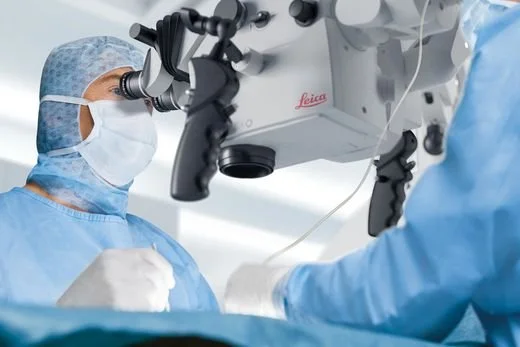
Vertigo Management
Vertigo Management
Vertigo, the sensation of spinning or imbalance, can arise from inner ear disorders (peripheral vertigo) or central nervous system issues (central vertigo). Here’s a concise overview of the management of vertigo:
Medications
Most cases are managed non-surgically with medications which include -
Betahistine - This medication improves inner ear blood flow and stabilizes the vestibular system while also restoring balance between endolymph production and absorption.
Diuretics - These promote sodium/water excretion and reduce inner ear fluid pressure and help to stabilize inner ear electrolytes. They are primarily used to prevent vertigo attacks.
Corticosteroids - These medications reduce inflammation of the vestibular nerve and the inner ear and help speedy recovery of inner ear function by suppressing immune mediated damage.
Vestibular Rehabilitation Therapy (VRT)
VRT is a form of physical therapy specifically designed to retrain the brain and vestibular system to adjust to the changes caused by inner ear problems.
Common exercises include -
Brandt-Daroff exercises: A set of movements to help treat BPPV by positioning the head in specific ways to allow the calcium crystals to return to their correct location in the inner ear.
Cawthorne-Cooksey exercises: A series of head and eye movements that help improve balance and coordination.
Gaze stabilization exercises: Designed to help your brain adjust to abnormal eye movements.
Vestibular Function Tests
Proper diagnosis involves a combination of clinical exams, imaging, and specialized tests which include -
Videonystagmography (VNG) - This is a diagnostic test that evaluates inner ear (vestibular) function and eye movement coordination to identify causes of vertigo, dizziness, or balance disorders.
Vestibular Evoked Myogenic Potential (VEMP) - This is a specialized diagnostic tool used to assess specific parts of the inner ear (saccule and utricle) and their connections to the brainstem.
Surgical Intervention
Infrequently, if vertigo is caused by a structural problem, surgery may be necessary. For example, in severe cases of Meniere’s disease where other treatments fail, procedures like endolymphatic sac decompression or labyrinthectomy (removal of part of the inner ear) may be considered.



